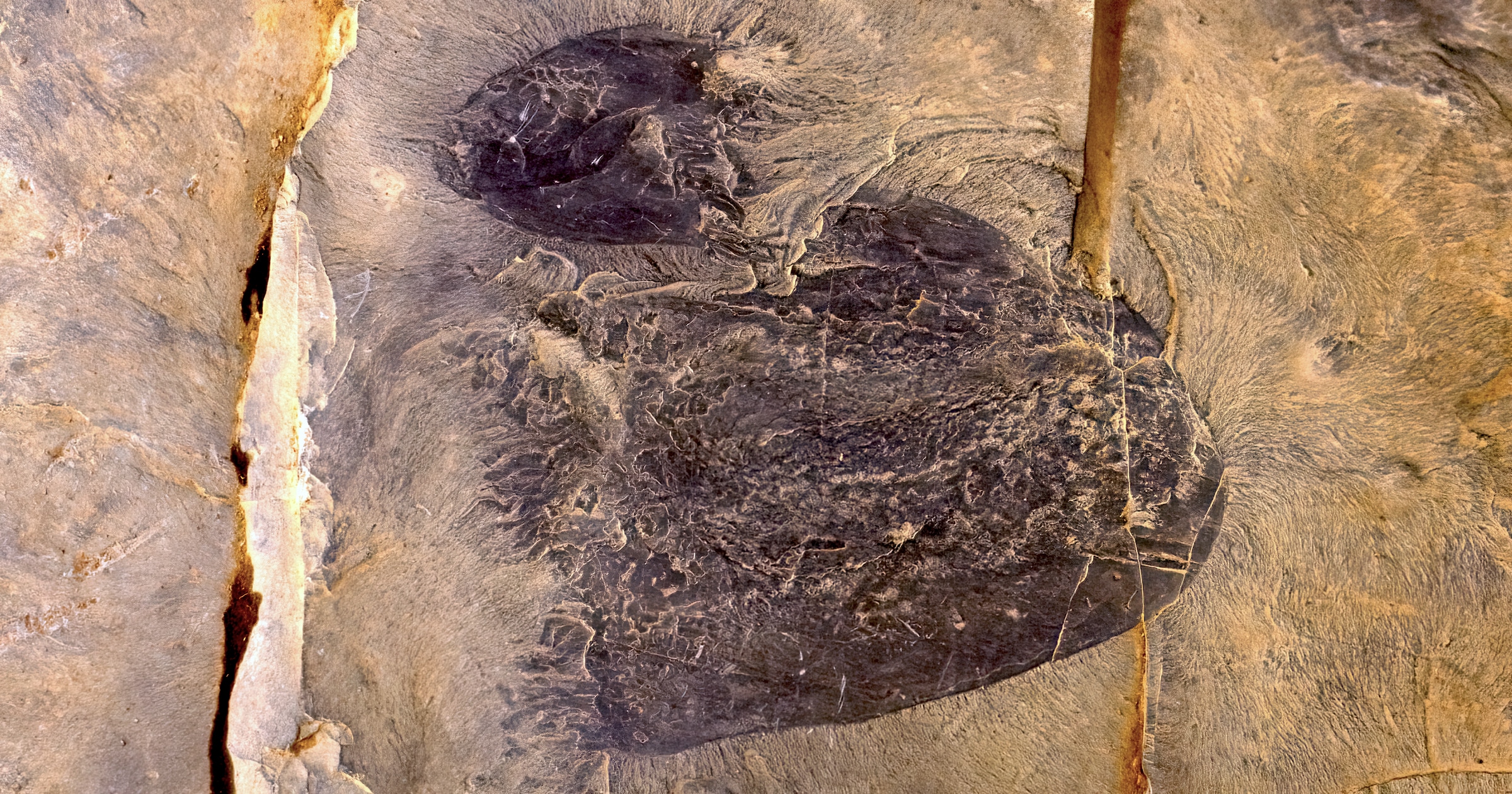 Evolution
Evolution
 Paleontology
Paleontology
Fossil Friday: Jellyfish Body Plan and Life Cycle Originated in the Cambrian Explosion

The Cambrian Explosion certainly represents the best-known example of abrupt appearances in the history of life. Most of the body plans of bilaterian animal phyla appeared on the scene without known precursors that would document the incremental and gradual evolution predicted by the modern neo-Darwinian paradigm. However, the abrupt appearances in the Cambrian Explosion are not restricted to bilaterian animals. In a previous article I meticulously elaborated that unequivocal sponges also first show up in the Lower Cambrian (Bechly 2020), and Precambrian evidence for cnidarians is at least controversial (Bechly 2022).
Now a new study by Moon et al. (2023) suggests that the distinctive medusoid body plan of jellyfish and their complex life cycle with sessile polyp stage and free-swimming medusa stage also originated during the Cambrian Explosion (News Staff 2023), adding to the enormous biological importance of this crucial event. The scientists examined 182 exceptionally well-preserved fossil jellyfish from the Lower Cambrian of the famous Burgess Shale in the Canadian Rocky Mountains, which is quite remarkable considering that jellyfish are roughly 95 percent water and therefore not the most likely candidates for well-preserved fossils. The animals were named Burgessomedusa phasmiformis and had a cuboidal umbrella of up to 8 inch size with over 90 very short and finger-like tentacles.
Contrary to Darwinian Expectations
Remarkably, these animals can already be placed within the crown group of the living cnidarian clade Medusozoa, which is not exactly what Darwinists should expect to find as the very first and oldest fossil record of a group. The new study also clarifies that “previously described macrofossils, putatively representing medusa stages of crown-group medusozoans from the Cambrian of Utah and South China, are here reinterpreted as ctenophore-grade organisms.” This shows that such identifications should always be taken with a grain of salt.
References
- Bechly G 2020. The Myth of Precambrian Sponges. Evolution News May 12, 2020. https://evolutionnews.org/2020/05/the-myth-of-precambrian-sponges/
- Bechly G 2022. “Lying on the Internet”? Debunking Dave Farina on Stephen Meyer. Evolution News December 1, 2022. https://evolutionnews.org/2022/12/lying-on-the-internet-debunking-dave-farina-on-stephen-meyer/
- Moon J, Caron J-B & Moysiuk J 2023. A macroscopic free-swimming medusa from the middle Cambrian Burgess Shale. Proceedings of the Royal Society B 290(2004): 20222490, 1–9. DOI: https://doi.org/10.1098/rspb.2022.2490
- News Staff 2023. Paleontologists Identify Oldest Known Species of Free-Swimming Jellyfish. SciNews August 2, 2023. https://www.sci.news/paleontology/burgessomedusa-phasmiformis-12147.html
